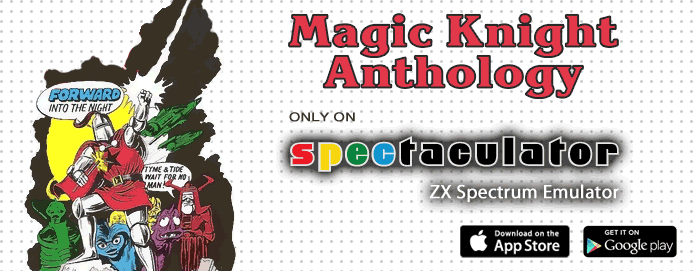
Sends the currently displayed screen to the printer Restarts a program after it has stopped due to an error or the user pressing the CAPS SHIFT+ SPACE or BREAK keys and load them back in - see LOAD, SAVE and VERIFY for details Returns the number corresponding to the first character in string in the computer's character set also used to save arbitrary chunks memory to tape, disk, etc. Returns the character corresponding to the decimal number in the computer's character set ĭraws a circle with its centre at coordinates ( x, y) and radius r Ĭlears the screen, all variables and the GO SUB stack, and optionally sets the maximum RAM address to be used by BASIC Ĭloses the specified stream number for access Ĭlears all text and graphics from the screen Makes all following colours brighter if number is 1, or its normal shade if 0 ĭisplays contents of ZX Microdrive specified by number

Sets the border of the screen to the colour specified by the number Produces sound from the computer's speaker duration is in seconds, pitch is in semitones above (positive value) or below (negative value) middle C Returns a byte containing information on the colours of the text cell on the screen, corresponding to the specified line and column note that, unlike most Sinclair BASIC keywords, the parentheses are required the first three bits indicate the ink (foreground)colour, the fourth, fifth and sixth bits the paper (background) colour, the seventh bit whether the colours are bright or not, and the eight, whether they are flashing Used in a PRINT statement to print at the line and column specified for example, PRINT AT 5,10 "*" puts a star in column 10 of line 5. Returns true if both conditions on either side of the AND keyword are true, else returns false

On the 16K/48K ZX Spectrum, there are 88 keywords in Sinclair BASIC, denoting commands (of which there are 50), functions and logical operators (31), and other keywords (16, including 9 which are also commands or functions): New BASIC programmers might start with a simple program, perhaps using the language's PRINT statement to display a message on the screen a well-known and often-replicated example is Kernighan and Ritchie's Hello world program:ġ0 PRINT "Hello, World!" Keywords It is present in all ZX Spectrum compatibles.Īs of 2015, interpreters exist for modern operating systems, and older systems, that allow Sinclair Basic to be used easily.
#Sinclair zx spectrum emulator windows upgrade
It evolved through the floating-point 8K BASIC for the ZX81 and TS1000 (which was also available as an upgrade for the ZX80 ), and became an almost complete version in the 16 KB ROM ZX Spectrum. It was initially an incomplete implementation of the 1978 American National Standards Institute (ANSI) minimal BASIC standard with integer arithmetic only, termed the 4K BASIC (for its ROM size) for the ZX80. The programmers were John Grant, the owner of Nine Tiles, and Steve Vickers. Sinclair BASIC was originally developed in 1979 for the ZX80 by Nine Tiles. 4.3 Derivatives and successors for other computers.4.2 Compilers for the ZX Spectrum family.4.1 Interpreters for the ZX Spectrum family.4 Other versions, extensions, derivatives and successors.


 0 kommentar(er)
0 kommentar(er)
